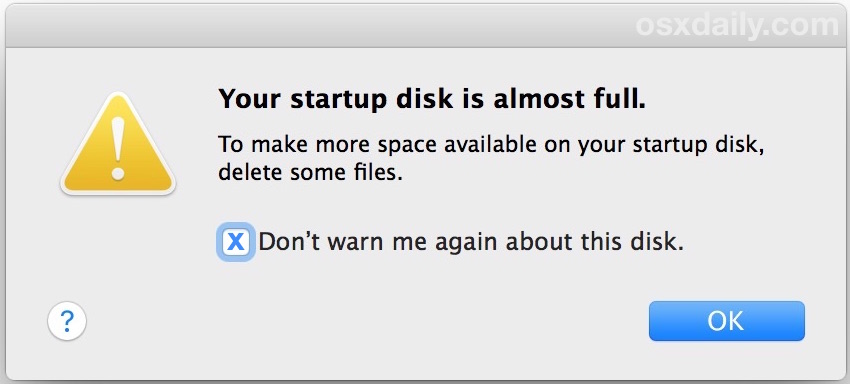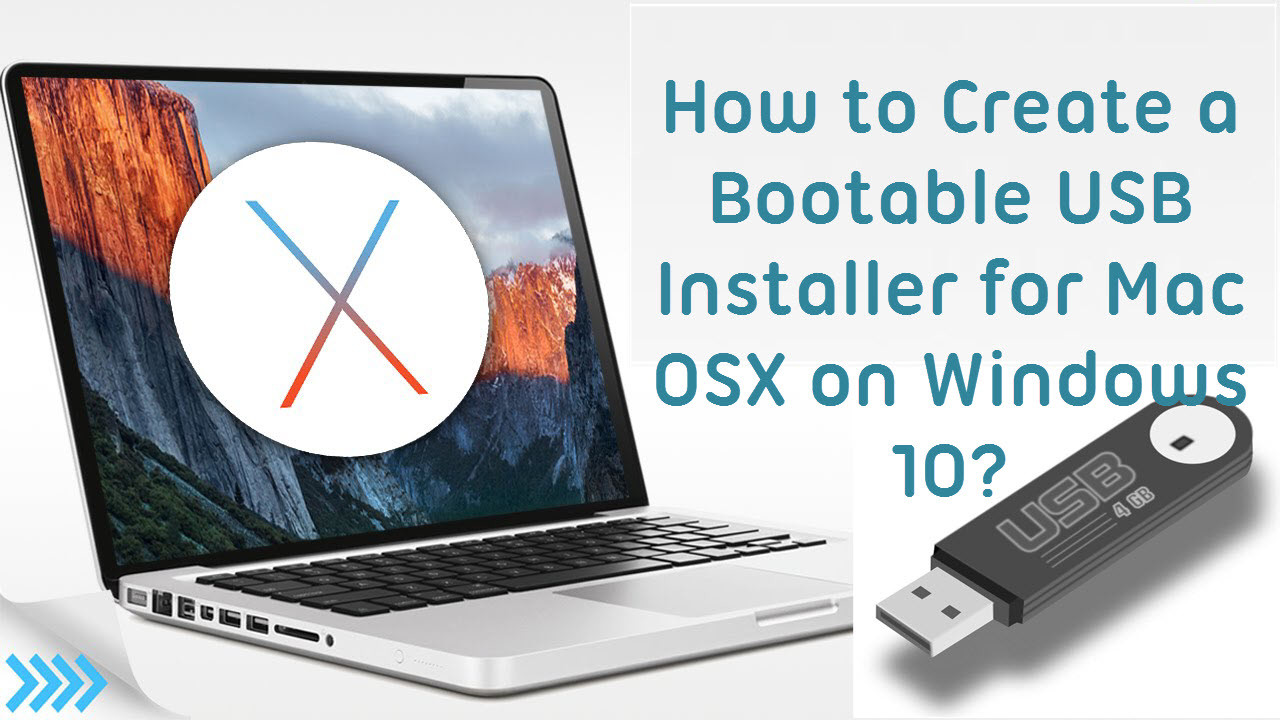

What's more, it recovers data from failed internal Mac hard drive, APFS boot drive, and unmountable APFS boot volume, etc. It creates a bootable media that enables you to recover data from Mac hard drive (If you only have one Mac).

When Mac fails, it usually can't boot or start up properly. Some users complain that their Mac computers won't boot after installing new macOS Big Sur/Catalina. While for most it's a usual pleasurable experience, for some this update had downsides. MacOS has now been updated to 11.0, and many Mac users are trying to upgrade to the newest version.
STARTUP DISK FOR MAC OS X FROM WINDOWS INSTALL
Full stepsĭownload macOS Catalina, Mojave, or Sierra > Create bootable USB > Clean install macOS. Turn of Mac > Hold Command + R keys and power Mac back up > Enter recovery mode. Start Mac > Hold "Shift" until the login window appears > Release the key when login in window appears. Shut down Mac > Unplug all cables > Plug in cables back after a few minutes. Restart Mac > Hold Command+Option+P+R keys to turn on Mac.


 0 kommentar(er)
0 kommentar(er)
